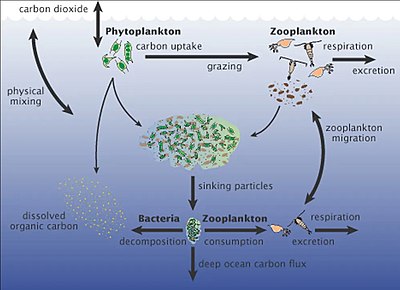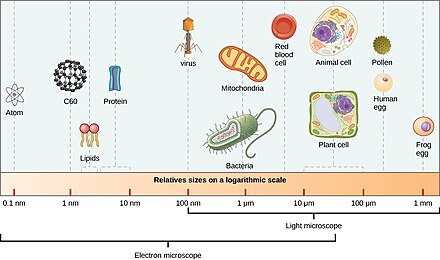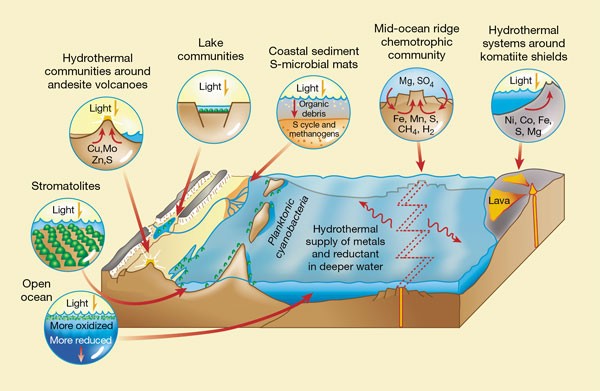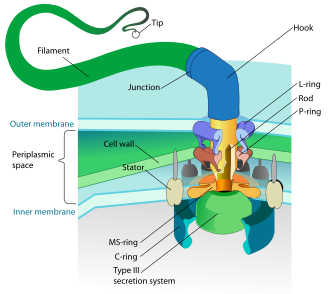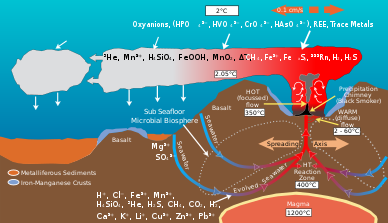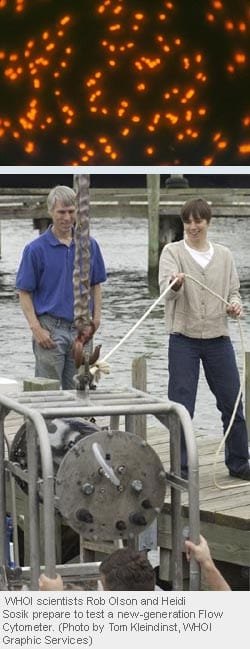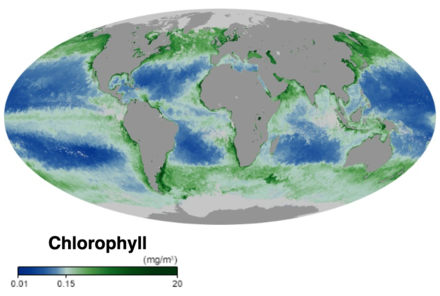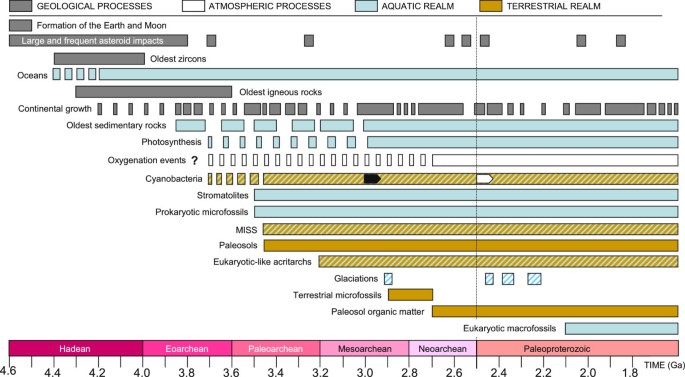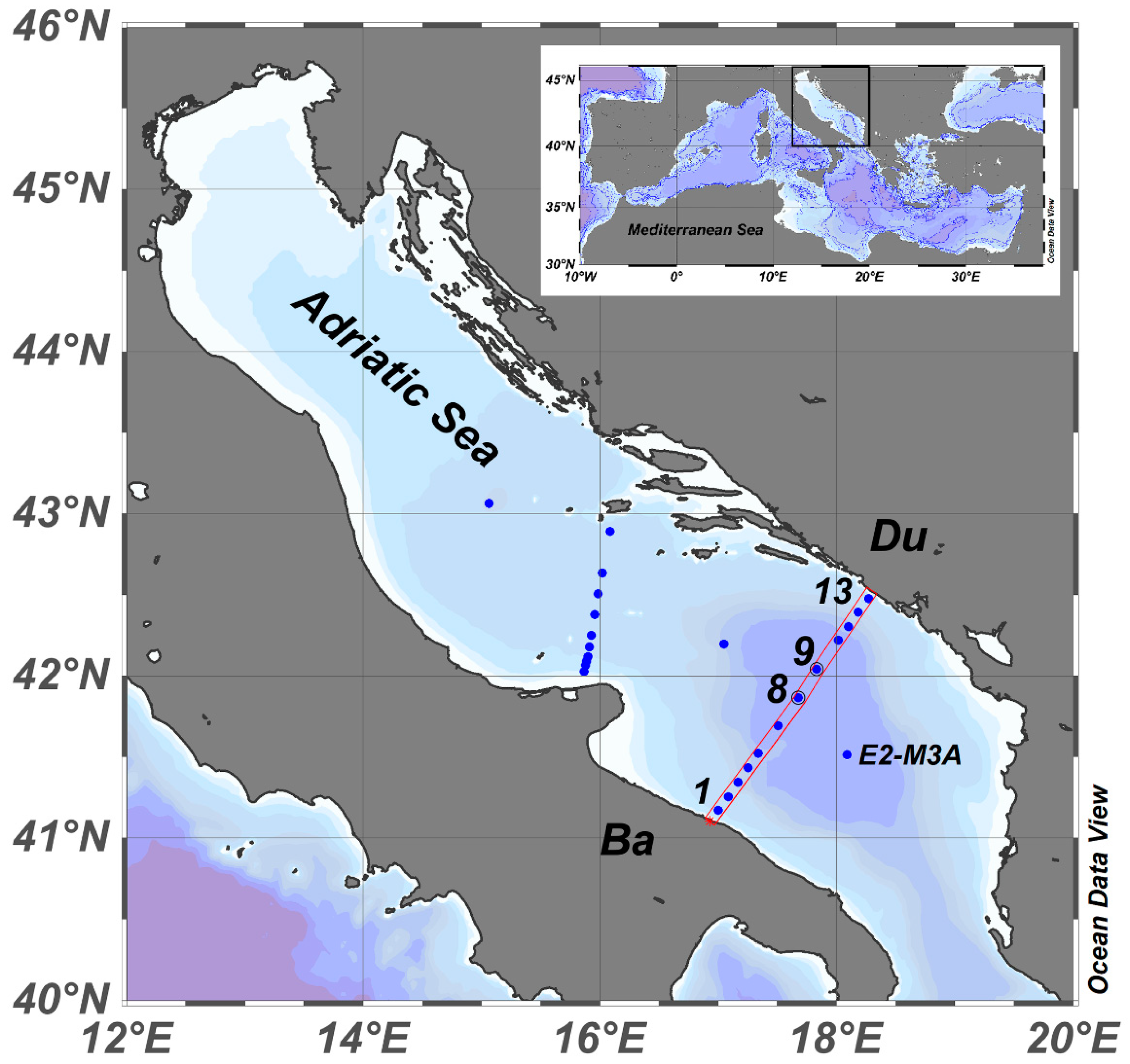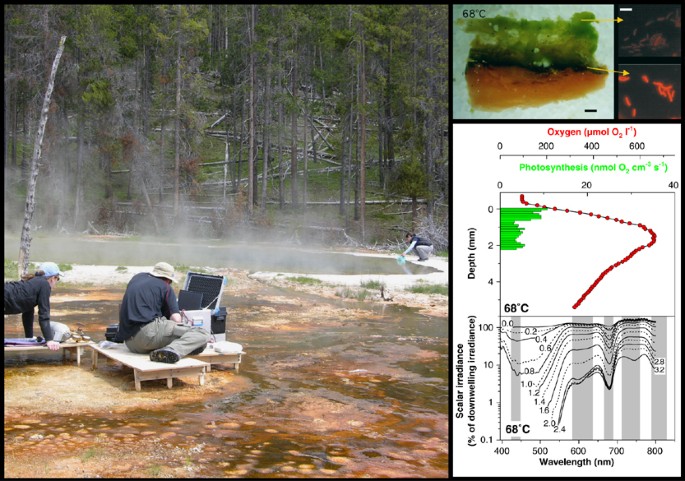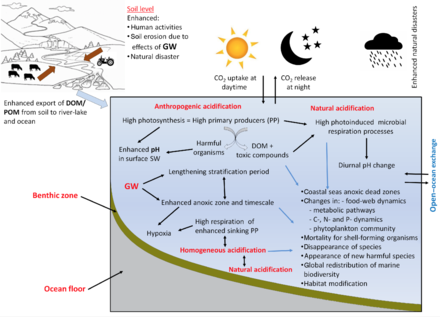Recently Discovered Bacteria Inhabiting The Ocean Floor Undergo Photosynthesis

All organisms that are photosynthetic are oxygenic.
Recently discovered bacteria inhabiting the ocean floor undergo photosynthesis. Some organisms that rely on chemosynthesis to derive the energy they need include nitrifying bacteria sulfur oxidizing bacteria sulfur reducing bacteria iron oxidizing bacteria. The host cell then dies expelling its inner contents including the newly grown viruses into the ocean. Researchers find photosynthesis deep within ocean. True eukaryotic chromosomes differ from prokaryotic chromosomes because only eukaryotes have.
Recently discovered bacteria inhabiting the ocean floor undergo photosynthesis using light from chemical reactions the breaking of mineral crystals or from bubble formation. Living in colonies the cyanobacteria produced oxygen during the process of photosynthesis which generated the oxygen in the earth s atmosphere that many living. Luckily ocean plants get help in producing food from such limited light and carbon dioxide from tiny microscopic microbes called cyanobacteria also known as blue green algae. A team of researchers including a photosynthesis expert from asu has found evidence of photosynthesis taking place deep within the pacific ocean.
They have also been found underwater near indonesia. Recently discovered bacteria inhabiting the ocean floor undergo photosynthesis using light from chemical reactions the breaking of mineral crystals or from bubble formation. The precursor molecule of folic acid is. It is believed that the first organisms inhabiting the earth were chemosynthetic bacteria that produced oxygen and later evolved into animal and plant like organisms.
Ulfa drugs like bactrim given for bacterial infections inhibit bacteria by blocking folic acid synthesis. These bacteria can survive in extreme conditions like the other types of photosynthetic bacteria suggesting an evolutionary potential for life in places. Photosynthesis occurs in chloroplasts of prokaryotes. These microbes have adapted to dim light conditions and they carry out photosynthesis both for themselves and for the benefit of other living things.
These bacteria have been found deep in the ocean near a black smoker in mexico where they survived off the light of a thermal vent. Discovery of green sulfur bacteria living near hydrothermal vents has major implications for where photosynthesis happens and where life may reside. Not only do microbes get a nutritious feast when they eat dom they are also serving a critical role in the environment. Every day about 20 to 40 percent of marine microbes are infected by viruses.
